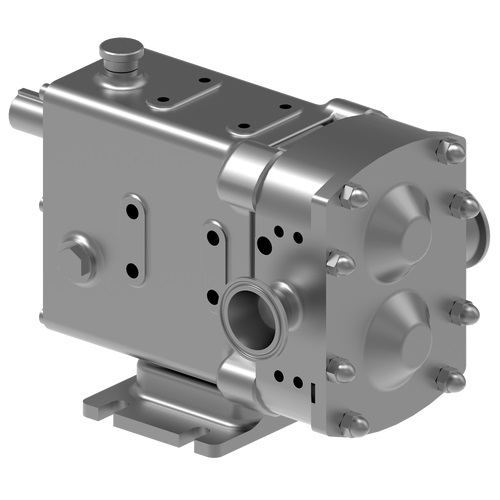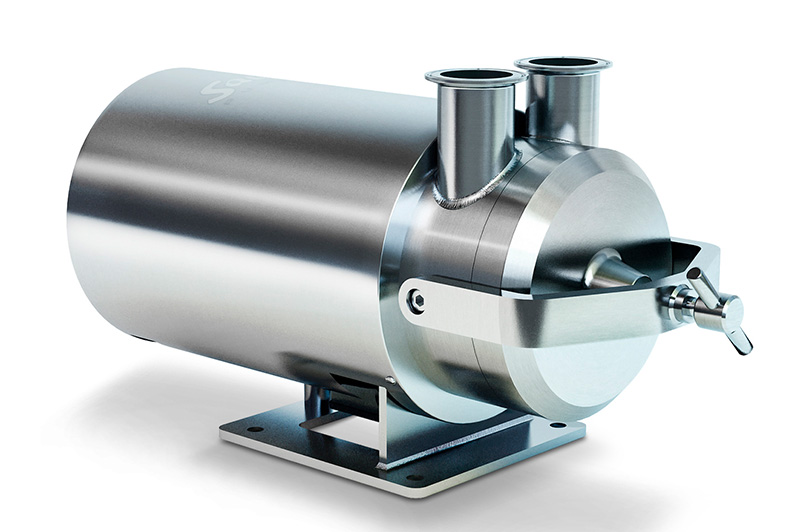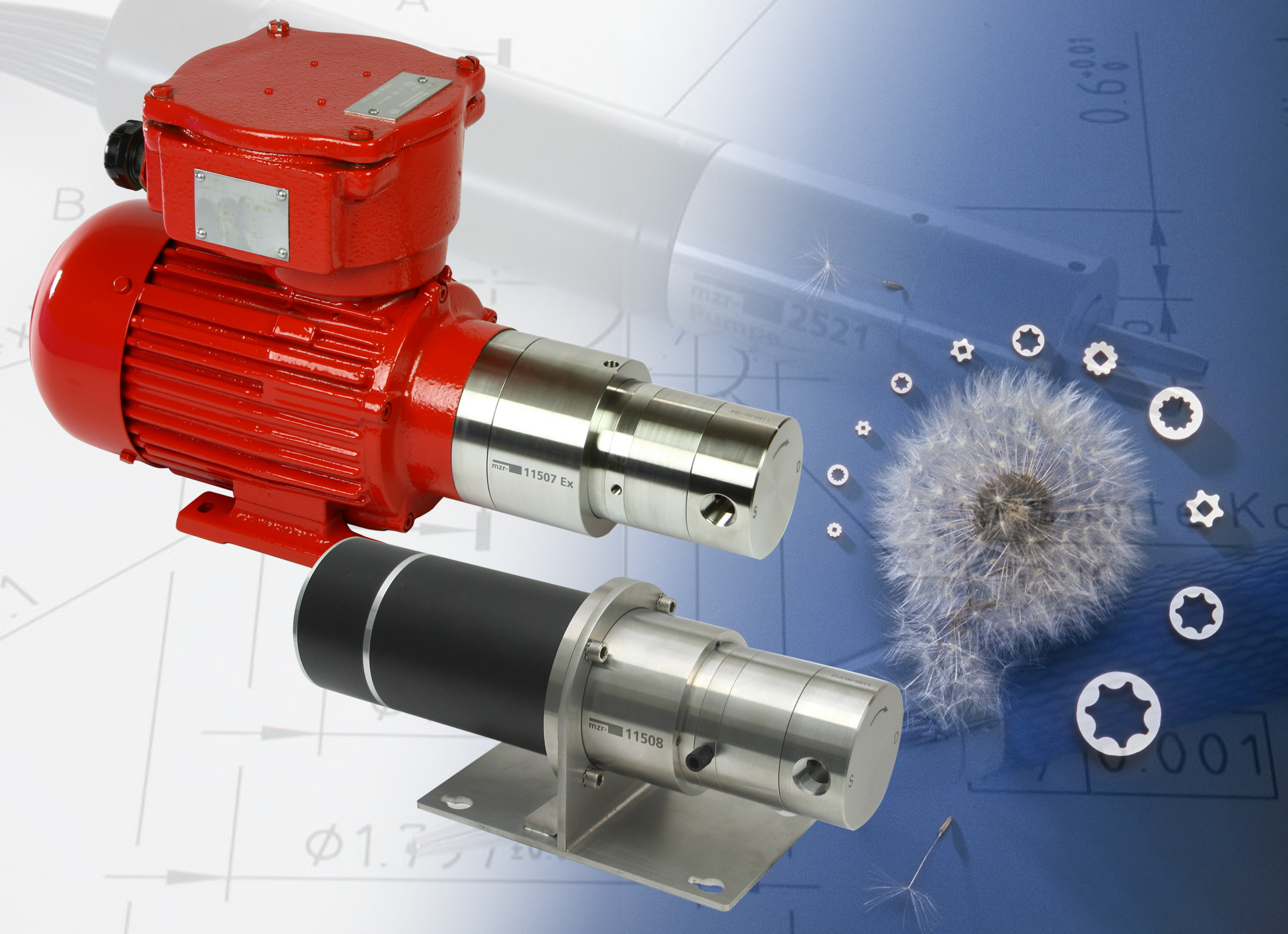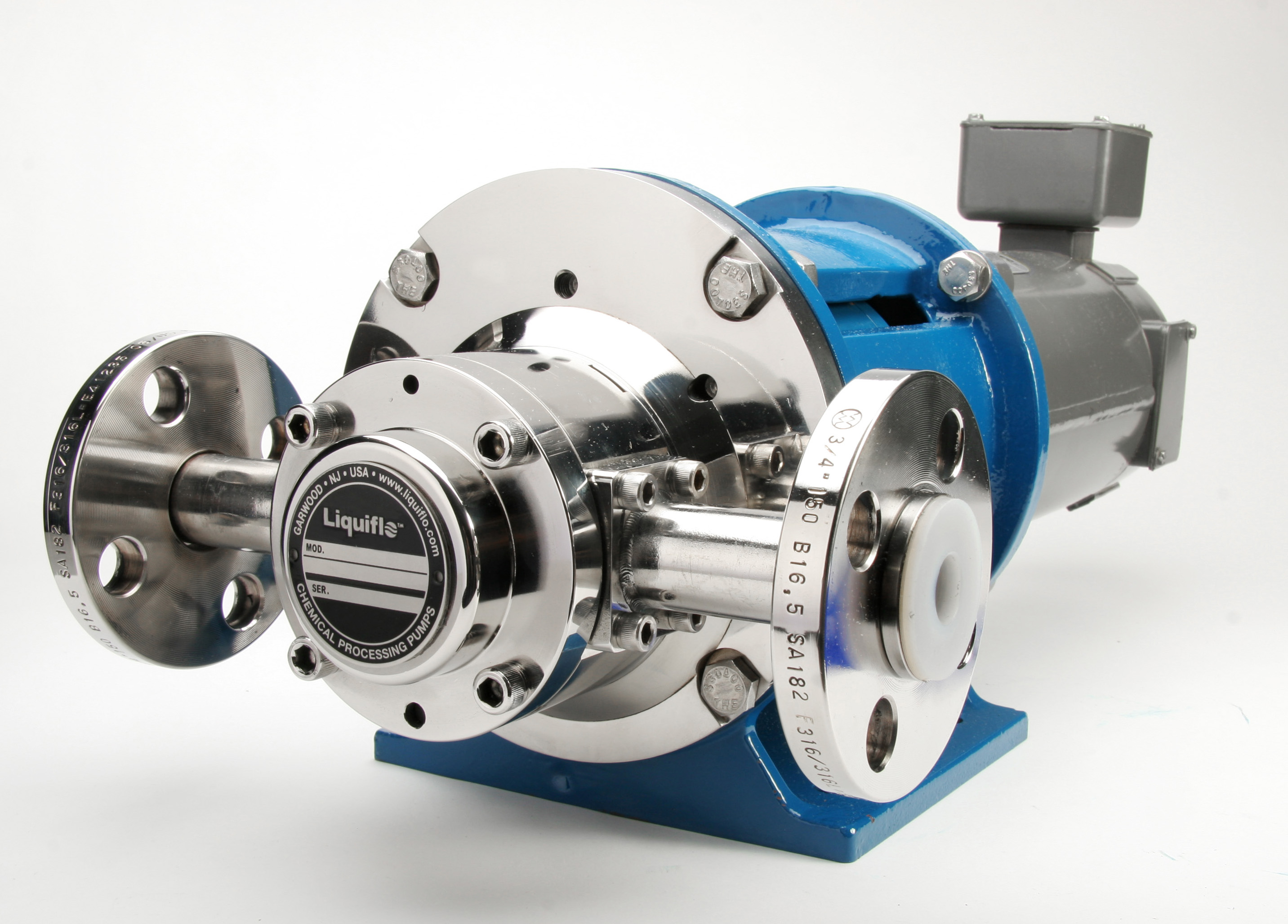We use cookies to help us deliver and improve this site. By clicking Confirm or by continuing to use the site, you agree to our use of cookies. For more information see our Cookie Policy.
Pumps for coating, passivation, and finishing
An Introduction to Coating and Finishing
There are many reasons why it might be advantageous to apply a thin layer of a substance onto a component. It might enhance the appearance by adding texture or colour, protect against corrosion, introduce electrical conductivity or increase durability.
Coating can be as simple as applying a paint, a dry powder or by dipping the component in molten materials. Teflon is a well-known coating that can be applied by conventional or electrostatic spraying. As well as its application to cookware, it also has many industrial uses. Similarly, Xylan is a more specialised, fluoropolymer coating known for its corrosion and wear resistance and ‘non-stick’ low friction. Many other specialised coatings are available (such as polyurethane and epoxy) offering increased strength, weather resistance, fire resistance or thermal insulation.
Finishing, in relation to metal components, is a general term that covers a number of processes including galvanising, anodising, plating, chemical etching and coating. All of these processes are used to protect metals or to enhance their appearance. Simply painting a metal offers some protection but if there is any damage to the paint layer, corrosion can begin and spread rapidly underneath the paint layer.
Galvanising is a process used to protect iron or steel from rusting and corrosion by applying a protective layer of another metal, typically zinc. When intact, the coating physically shields the underlying metal from any moisture or corrosive chemicals, but even when the coating is damaged it takes on a sacrificial role, tarnishing preferentially to the exposed iron or steel.
Anodising is an electrochemical process used to enhance the protective oxide layer at the surface of a metal, typically aluminium. It involves passing an electric current through the component whilst it is immersed in an electrolytic solution (generally sulphuric or chromic acid). The controlled oxidation creates a thick, durable layer which is resistant to scratches and corrosion, and is also a better base for paints, other coatings and adhesives. It can also be tailored to produce attractive coloured finishes.
Plating (or Electroplating) is a finishing process in which a thin layer of one metal is deposited on the surface of another. This could be to protect the metal from corrosion or to enhance its appearance or durability. Galvanising is essentially a zinc plating process. Plating components with other metals such as chromium or nickel can also offer corrosion protection. Gold, silver or copper provide a decorative finish. Silver and copper also introduce electrical conductivity. Tin plating is used in food-grade applications to prevent corrosion of stainless steel cans.
Silvering is a process used to make mirrors in which silver or aluminium is applied to a smooth and clean glass substrate. This can be achieved through a chemical reaction or by subliming aluminium in a vacuum so that it bonds to the glass. The thin metal layer is then covered in one or more protective coatings.
Passivation is a chemical process by which a thin layer of protective oxide forms on the surface of a metal, reducing its rate of corrosion. In the case of stainless steel, passivation results from the reaction between the chromium atoms present in the alloy and the oxygen in the air, leading to the formation of a chromium oxide layer. This layer acts as a protective barrier, significantly reducing environmental corrosion of the steel.
Degreasing is the removal of all surface oils and greases, leaving a dry clean surface after treatment. This is typical carried out as part of one of the above processes. However, it may be provided as stand alone service to prepare components for other processes, such as powder coating or other specialist paint processes.
What chemicals are commonly involved?
Electroplating involves a number of toxic and corrosive chemicals. Metal salts such as copper sulphate, gold cyanide, silver cyanide and chromic acid provide the metal ions deposited during the process. Strong acids and bases such as sulphuric acid, hydrochloric acid and sodium hydroxide are used to create the electrolytic solution and control the pH. Other chemical additives such as wetting agents may also be present.
In galvanisation, a preparative cleaning step is very important. After degreasing and general cleaning, a ‘pickling’ process using hydrochloric acid is used to remove rust from the steel surface. Fluxing agents, such as zinc ammonium chloride, may then be used to prepare the surface before the component is dipped into molten zinc for the coating step.
The electrolytic solutions used in anodising are typically strong acids such as sulphuric, chromic, oxalic or phosphoric acid. Prior to anodising, metal surfaces are pretreated with cleaners and etching solutions. In finishing steps, the anodised surface may be treated with strong alkalis, dyes, or sealing solutions.
The passivation process typically uses nitric or citric acid, sometimes with other compaounds added. The passivation process usually also includes de-ionsised water, and so it may be important to use a pump that will not leach chemicals into the DI water.

Anodisation involves a sequence of baths requiring pumps that can handle a wide variety of chemicals
What type of pumps are used?
Coating and plating industries require pumps for a range of tasks:
- Circulating or transferring reagents from storage locations
- Replenishing chemicals in plating and metal finishing tanks
- Agitating cleaning solutions
- Circulating liquid to avoid sedimentation
- Offloading corrosive, solid laden waste
- Dosing additives, lacquers and dyes
Since the chemicals are typically strong acids or alkalis, the common requirements are:
- Non-metallic pump construction (for example, polypropylene or PVDF) for resistance to corrosive liquids
- Seal-less design (magnetic drives) to reduce the possibility of leakage of any harmful chemicals
Centrifugal pumps are widely used for filling and emptying plating tanks. Most processes are continuous, so it is important that the chosen pumps are robust and reliable. For transferring chemicals, air operated diaphragm pumps are also often employed. Other types of metering pumps may be used for the precise dosing of additives and dyes. Efficient self-priming pumps with run-dry ability are needed for emptying and refilling tanks. Most of the plating and coating technologies are high temperature processes so it is also important that the pump can operate across a wide range of temperatures.
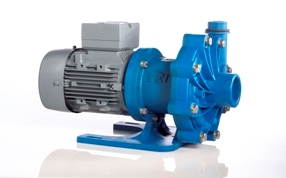
The Finish Thompson DB and SP series are leak-free magnetic drive centrifugal pumps designed for handling corrosive fluids (such as sulphuric acid, phosphoric acid and sodium and potassium hydroxide). The DB series is used in flooded suction applications, with the SP series (with priming chamber) used for lift applications. The pumps are available in polypropylene and PVDF.
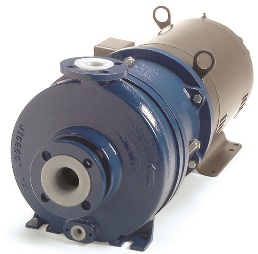
The Finish Thompson UC series is a range of ETFE-lined centrifugal pumps constructed from tough ductile iron and designed specifically for handling sodium hydroxide, sulphuric acid, hydrochloric acid, sodium hypochlorite, plating solutions, corrosive blends and solvents.
Centrifugal pumps offer a continuous flow without any pulsing and are easy to control with a throttle valve on the discharge side of the pump. Also, the close coupled nature of magnetic drive motors offers a small unit footprint.
In an Air-Operated Double Diaphragm (AODD) pump, there are no seals between the wetted parts and the outside environment so leakage can only occur if a diaphragm fails. AODD pumps are suitable for suction lift systems, can be safely submerged - as long as the air vent is above the liquid level, and can handle solid particles.
An FTI Air AODD pump constructed from polypropylene or PVDF with diaphragms of Neoprene, SantopreneTM, FKM, EPDM, PTFE, Buna, Hytrel®, or Polyurethane.
Conclusion
Finishing, galvanising, anodising, plating, chemical etching and coating processes are used to protect surfaces or to enhance their appearance. Pumps are required in these processes to circulate or transfer chemicals, agitate cleaning solutions, circulate liquid to avoid sedimentation, offload corrosive waste and to dose additives, lacquers and dyes. The control of chemicals and their concentrations is crucial for achieving consistent results and the desired finish. Environmental regulations, because of the toxic and corrosive nature of the chemicals in use, are also an important consideration.
Centrifugal and AODD pumps are widely used in these processes. Non-metallic wetted parts and seal-less design are important to reduce the possibility of any harmful leaks of the chemicals used in the processes.

